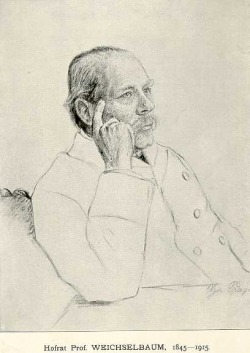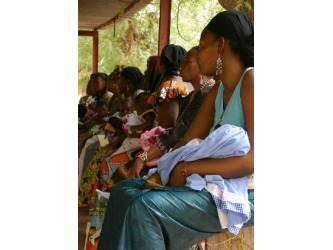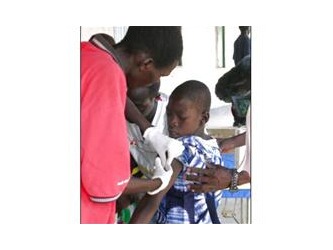The History of meningococcal meningitis

-The first cases of meningococcal meningitis occurred over 200 years ago (1805) in Geneva, Switzerland. The disease was yet to be named.
-In 1887 neisseria meningitidis is identified by Austrian pathologist Anton Weichselbaum.
-In the first decade of the twentieth century, 75-80% of people who contracted the disease died.
-1944: penicillin is used to treat meningitis for the first time.
-1978: The first meningococcal meningitis vaccine is introduced.
Who gets the disease?
Anyone can contract meningococcal meningitis, even people who are normally healthy.
The risk is increased for teenagers, young adults, infants, and people of old age.
-It tends to occur sporadically in small clusters.
-Certain factors can put people at risk:
-Living in very close quarters.
-Being in crowded situations for extended periods of time.
-Sharing drinking glasses, water bottles,
utensils, kissing.
-Irregular sleeping patterns and other habits that may affect the immune system.
Treatment Delivery
-Meningococcal meningitis patients are immediately hospitalized
-Where hospitals are scarce (like in rural Africa) and outbreaks occur, organizations including the World Health Organization must step in to oversee treatment and deliver vaccines to prevent the disease from spreading further.
-Meningitis outbreaks are common during the dry seasons in many African countries. (the "meningitis belt").
Above: West African mothers await vaccination for their babies, and a young boy from Cameroon is vaccinated.
Sources Used:


